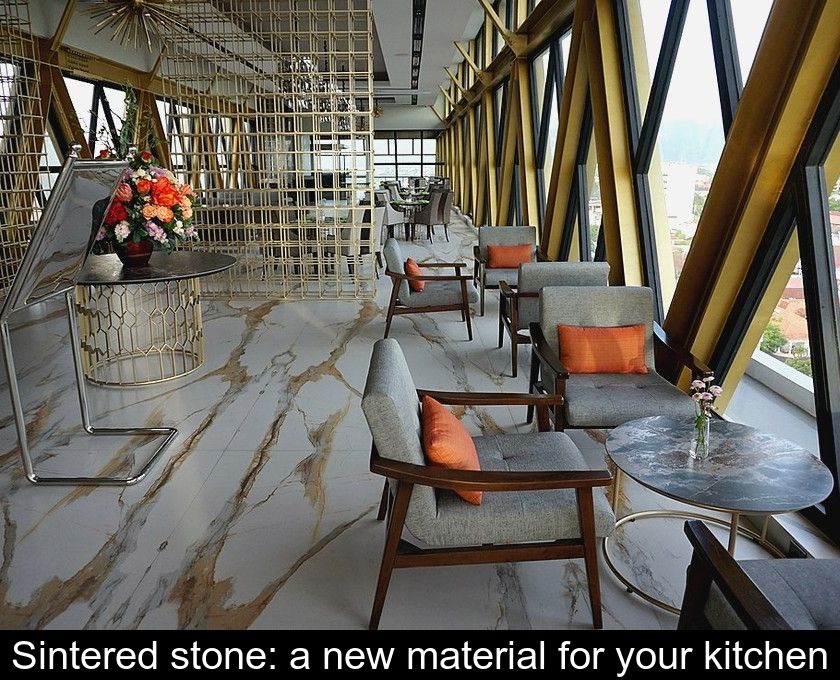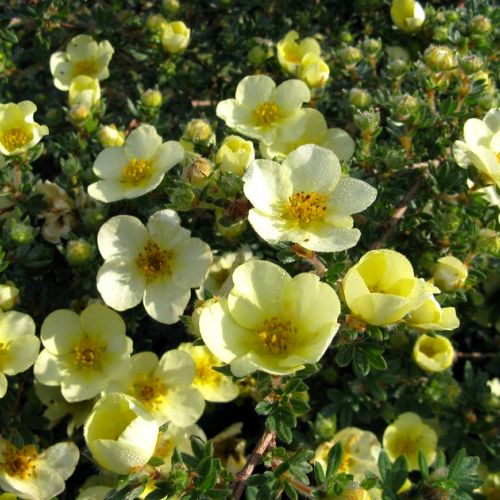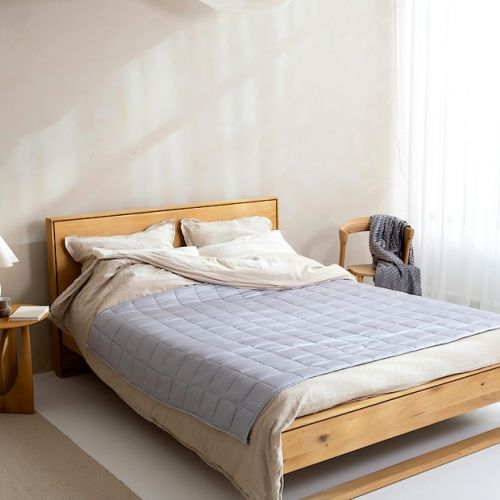Sintered Stone: A New Material For Your Kitchen
Have you heard of sintered stone? This new material, which comes from Italy, is increasingly popular in interior and exterior decoration for its aesthetic qualities and its resistance. We invite you to discover the many advantages of this new natural material.
What is sintered stone?
The sintered stone is a material of 100% mineral origin. It is a natural stone that has undergone a transformation in its structure and mineralogical composition.
The process called sintering uses high temperatures and pressures, in 1200°C furnaces. It mimics the phenomenon that occurs naturally in the earth's crust, when minerals are subjected to high pressure and high temperatures.
This manufacturing process was developed by the Italian company Breton. It results in a material with unique technical properties, which can be worked in the same way as the densest natural stones. This innovative, 100% natural material is marketed under the Lapitec brand (see website below).
In which room can it be used?
Sintered stone has become known in Europe for kitchen countertops and worktops, in an American kitchen for example.
But in reality, this material is versatile and can also be used for other projects, both outside and inside homes. In particular, it can be used as a liner around a pool or spa or as a facade covering.
This very resistant stone is also the ideal material for an outdoor kitchen or barbecue countertop.
In other rooms of your home, it can be used to make a fireplace mantle, a floor covering or even furniture such as a table.
What are the advantages of this material?
Sintered stone is especially valued for its resistance to external aggression and its durability over time.
Indeed, it resists very well to shocks, abrasion, scratches, chemical substances (acids, solvents) and UV rays from the sun. Its color does not fade over time.
This material is very practical for a worktop in a kitchen because it is hydrophilic, antibacterial, anti-mold and anti-stain. Since it is non-porous, it is very easy to clean, simply with warm water and a cloth.
Once installed, this completely inert material does not release any harmful substances into the environment and into the indoor air of your home. It is ecological because its origin is natural and it can be recycled. It can be recycled by simply pulverizing it and turning it back into a raw material.
The last but not least quality of this material is its appearance and design. This durable and practical material is very aesthetically pleasing as it can come in different colors and finishes (polished, satin...). This material combines the elegance of natural stone with the physical and mechanical properties of an innovative material.
Thanks to the many options available, this stone can be integrated into any kitchen style and is a designer's delight. Whether your kitchen is modern or retro, classic or original, you can use this material for the worktop.
What is the price of the sintered stone?
The only drawback of sintered stone is its price.
This innovative material is expensive, from €60 to over €100 per square meter on average, depending on the color and finish chosen.











